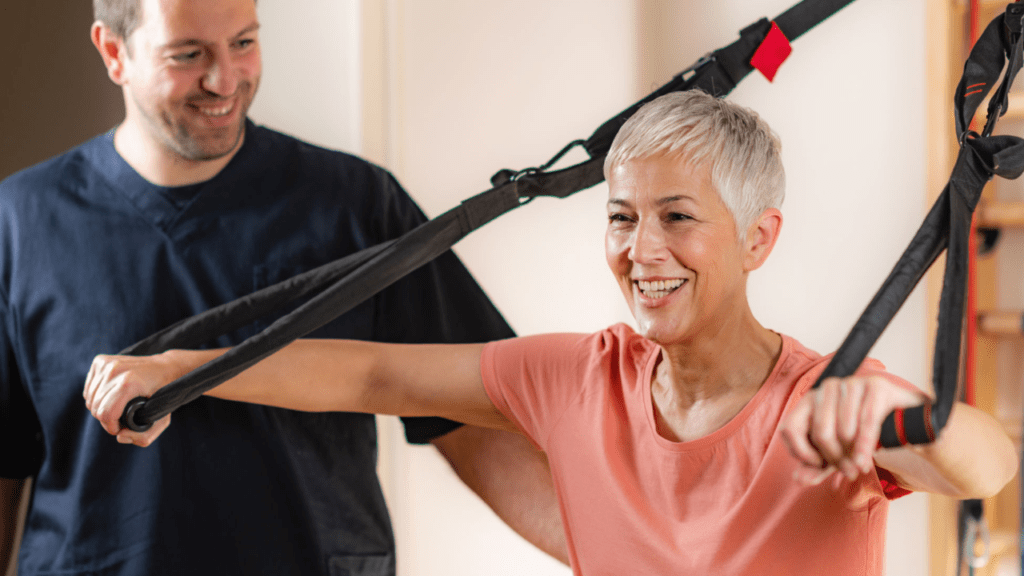Suspension training is emerging as a preferred exercise option for older adults due to its low-impact, strength-building routines that improve mobility, balance, and prevent falls.

Suspension training is increasingly being integrated into fitness routines designed for older adults due to its adaptability and effectiveness in building strength, improving balance, and maintaining mobility.
This form of exercise, which uses bodyweight resistance through anchored straps, allows users to modify the intensity of movements, making it a safer alternative for aging populations.
Trainers and physical therapists are utilizing suspension training in active aging programs because it supports joint health while strengthening key muscle groups that deteriorate with age.
One of the major benefits of suspension training is that it can be easily tailored to individual fitness levels.
For older adults, whose mobility and flexibility may be compromised, the ability to adjust the angle of exercise movements reduces stress on joints and lowers the risk of injury.
Exercises such as squats, rows, and lunges are made more accessible, helping to enhance coordination and balance—critical components in preventing falls.
Moreover, suspension trainers like the popular TRX system can be used at home, eliminating barriers for those who may not be comfortable attending a gym.
For seniors, the added convenience of using lightweight and portable equipment also increases the likelihood of maintaining a consistent exercise regimen, which is essential for long-term health and wellness.
Fitness centers and community wellness programs across the country are beginning to offer suspension training classes specifically geared towards older adults.
As more research supports the benefits of resistance-based exercises for aging, suspension training is emerging as a preferred method to keep seniors active and independent.
Health experts emphasize the importance of maintaining functional strength in aging populations to improve quality of life and reduce healthcare costs associated with falls and mobility issues.
Suggested Article: Why Suspension Training
